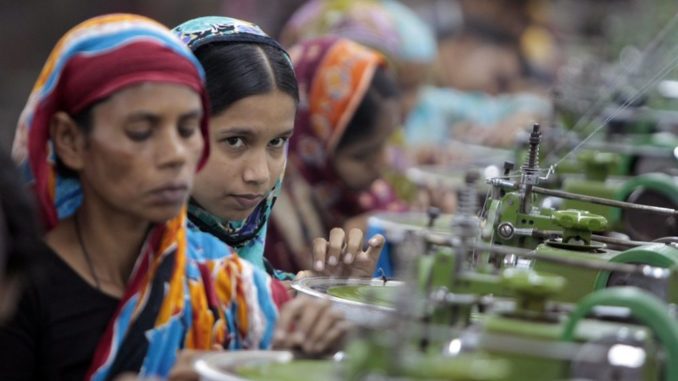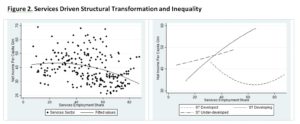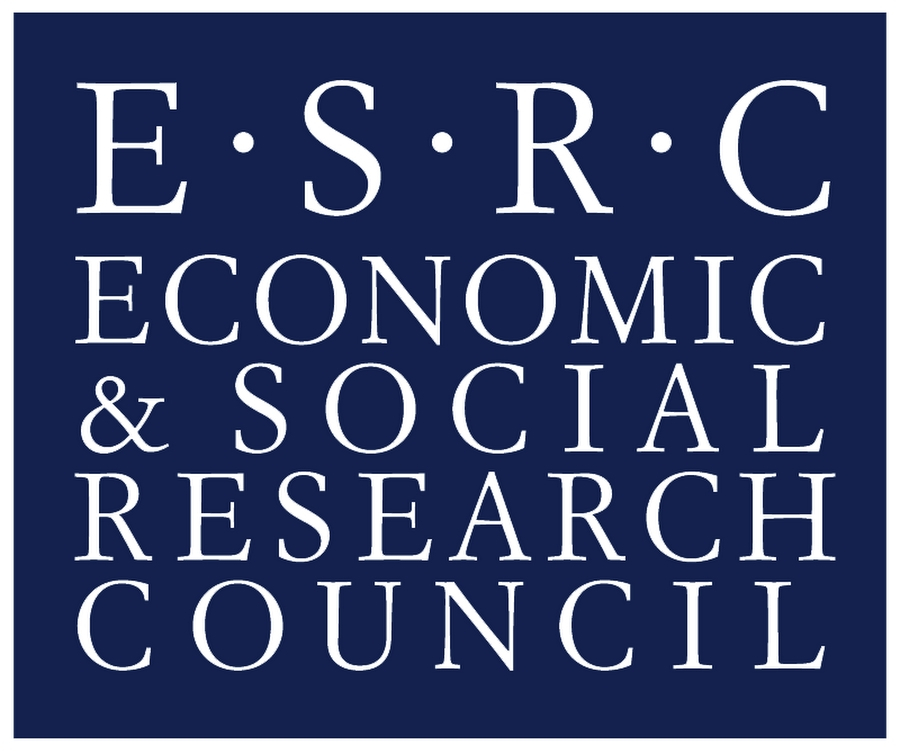
The ESRC GPID network ran two panels at the DSA 2018 conference in Manchester showcasing new research on structural change and inclusive growth. In this week’s guest post, Kunal Sen, Professor of Development Economics at the University of Manchester and Co-Investigator of GPID, explores the overarching theme of our conference panels: the challenges posed by the ‘developer’s dilemma‘.
Structural transformation – the movement of workers from low productivity to high productivity activities and sectors – is an essential feature of rapid and sustained growth. The speed at which structural transformation occurs differentiates successful countries from unsuccessful ones. At the same time, it is widely believed that structural transformation can lead to higher inequality, at least initially. As workers move from low earnings jobs in the subsistence agricultural sector to better paid jobs in the more productive manufacturing sector, inequality can increase. Therefore, rapid structural transformation may entail a trade-off between growth and inequality, which may be called the developer’s dilemma. While inequality may increase at the early stages of structural transformation, beyond a certain level of structural transformation, inequality will decrease, giving rise to the famous inverted U-shaped relationship between income and inequality – the so-called Kuznets curve.
However, both from conceptual and empirical standpoints, there are reasons to question the view that structural transformation necessarily increases inequality. From a conceptual point of view, a closer examination of the assumptions behind the Kuznets process makes clear that it is not obvious that a movement of workers from agriculture to manufacturing necessarily involves an increase in inequality. For one thing, much of the movement of workers from agriculture in countries which have witnessed rapid structural transformation such as in East Asia has been to labour intensive manufacturing, where there is low variation of wages among workers. Moreover, manufacturing activity is mostly factory based, where the historical presence of unions and collective bargaining often limits the extent of inequality that is possible. In contrast, if workers move from agriculture to services, inequality can increase as services in low income countries are of two types – a low earning component where workers are mostly in informal activities (think of vendors selling fruits and vegetables by the road side) and a high earning component where some workers are employed in services such as finance and information technology.
From an empirical standpoint, for many low income countries, the movement of workers from agriculture even in the early stage of structural transformation has been primarily to services and not to manufacturing. This is very different from what we have observed for the rich countries as well as those in East Asia. Given that few countries have seen a typical path of structural transformation that was witnessed originally among the advanced market economies where workers first moved from agriculture to manufacturing and then on to services, it is not clear whether the implications of structural transformation for increasing inequality may be the same for the many different paths of structural transformation that we observe in the developing and developed world.
The historical data shows three different paths or stages of structural transformation. Firstly, there are a set of countries where the proportion of workers in agriculture is higher than any other sector for the most recent period for which we have the data– we call this set of countries structurally under-developed. These are mostly low-income countries. Secondly, for a set of countries, mostly in the middle-income category, the proportion of workers in services is higher than that in agriculture, though the share of workers in agriculture still higher than that in manufacturing. We call this set of countries structurally developing. Finally, we have a set of countries, which are a mix of middle and high-income countries, where the share of workers in manufacturing is higher than that in agriculture. We call this set of countries structurally developed.
So what does the data show on the relationship between structural transformation and inequality for countries at different stages of structural transformation? Figure 1 shows clearly that there is a negative relationship between manufacturing driven structural transformation (as measured by an increase in the share of employment in manufacturing) and inequality (as measured by net income per capita Gini). This is true for countries in all stages of structural transformation – structurally developed (ST developed), structurally developing (ST developing) and structurally underdeveloped (ST underdeveloped).

On the other hand, Figure 2 shows that we do not a similar negative relationship between services driven structural transformation (as measured by an increase in the share of employment in services) and inequality – if anything, inequality seems to increase for structurally underdeveloped and developing countries.

More systematic analysis shows that manufacturing driven structural transformation unambiguously decreases income inequality, irrespective of the stage of structural transformation that a particular country is in. We also find that while the movement of workers into services has no discernible overall impact on inequality across our set of countries, there is clear heterogeneity in the impact of services driven structural transformation on inequality. In particular, we find that services driven structural transformation relating to services increases inequality in structural developing countries and decreases inequality in structurally developed countries.
What do our findings imply about global inequality? We already know that manufacturing driven structural transformation can have beneficial effects on economic development process through its positive effect on sustained economic growth and productive job creation. We establish another mechanism by which manufacturing can be beneficial to development – employment creation in manufacturing can reduce overall inequality as well. This suggests a double dividend of manufacturing driven structural transformation – through increased growth and reduced inequality. However, for the vast majority of low income countries, the prospects for a manufacturing driven structural transformation seem unlikely. For these countries, where the realistic possibility of structural transformation is the movement of workers from agriculture to services, our findings suggest that for these countries, inequality will increase with further structural transformation. The developer’s dilemma is going to be a more ever-present reality for many low income countries.
Kunal Sen is Professor of Development Economics in the Global Development Institute, the University of Manchester, and Co-Investigator on the ESRC Global Poverty & Inequality Dynamics (GPID) Research Network. He is also the Joint Research Director of the Effective States and Inclusive Development (ESID) Research Centre and a Research Fellow with IZA, Bonn.
This article originally appeared on the Global Development Institute Blog.

